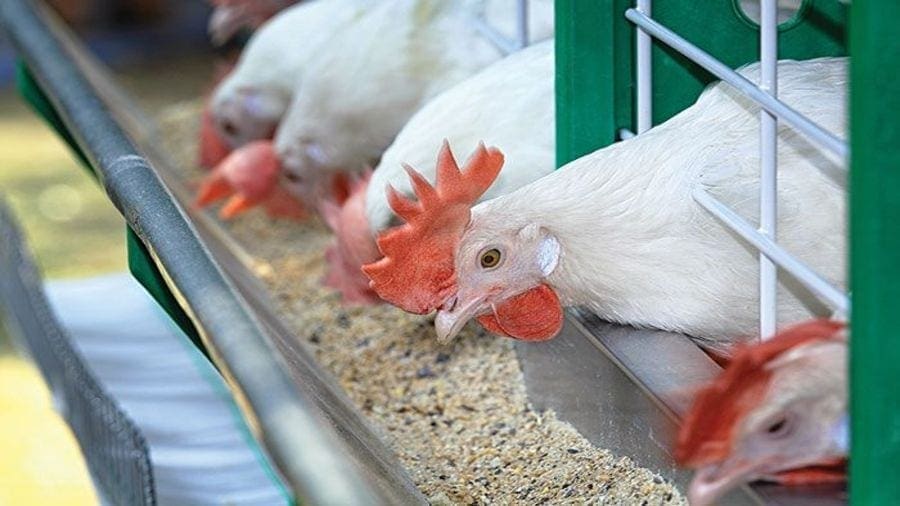USA – The United States Department of Agriculture’s Animal and Plant Health Inspection Service (APHIS) has signed a regionalization agreement with China for safe trade of poultry products.
This action is part of the continuing progress to implement the US-China Phase One Economic and Trade Agreement that came into force on February 14, 2020.
Under the regionalization agreement, the countries have agreed to follow all international standards, guidelines and recommendations related to regionalization.
Regionalization is an important tool that animal health officials can use to protect against disease spread. When disease strikes, unaffected regions are still eligible for international trade.
USDA said that the agreement will help American farmers and ranchers to maintain export the markets, which is inturn expected to reduce the overall impact of an outbreak to the country’s agriculture industry.
Since the animals in regions affected by diseases are kept separate and maintained under trade restrictions, there is a minimal risk of those animals spreading disease, USDA explains.
In the past, APHIS has used regionalization to ensure continued trade with other countries in many recent foreign animal disease outbreaks, including highly pathogenic avian influenza and virulent Newcastle disease.
The agreement with China allows trade of poultry products to continue from unaffected regions of the country should the US detect any future cases of highly pathogenic avian influenza or virulent Newcastle disease.
In return, the US has agreed to implement regionalization for Chinese poultry products once China has officially recognized free-zones in place.
Both countries also agreed not to impose trade restrictions on each other for findings of low pathogenic avian influenza.
The regionalization agreement further details numerous steps both US and China must take if high pathogenicity avian influenza is found in poultry to ensure the safety of the birds.
These steps include controlling the area, notifying the other country, suspension of imports and exports, culling and disinfection, monitoring the situation, and resumption of imports and exports.
The poultry regionalization action builds upon measures that USDA recently announced including conditionally lifting a ban on imports of beef and beef products from animals over 30 months of age and lifting restrictions on imports of US pet food containing ruminant material.
China has also lifted the ban on imports of US poultry and poultry products, including pet food containing poultry products and has begun announcing tariff exclusions for imports of US agricultural products subject to its retaliatory tariffs among other measures.










